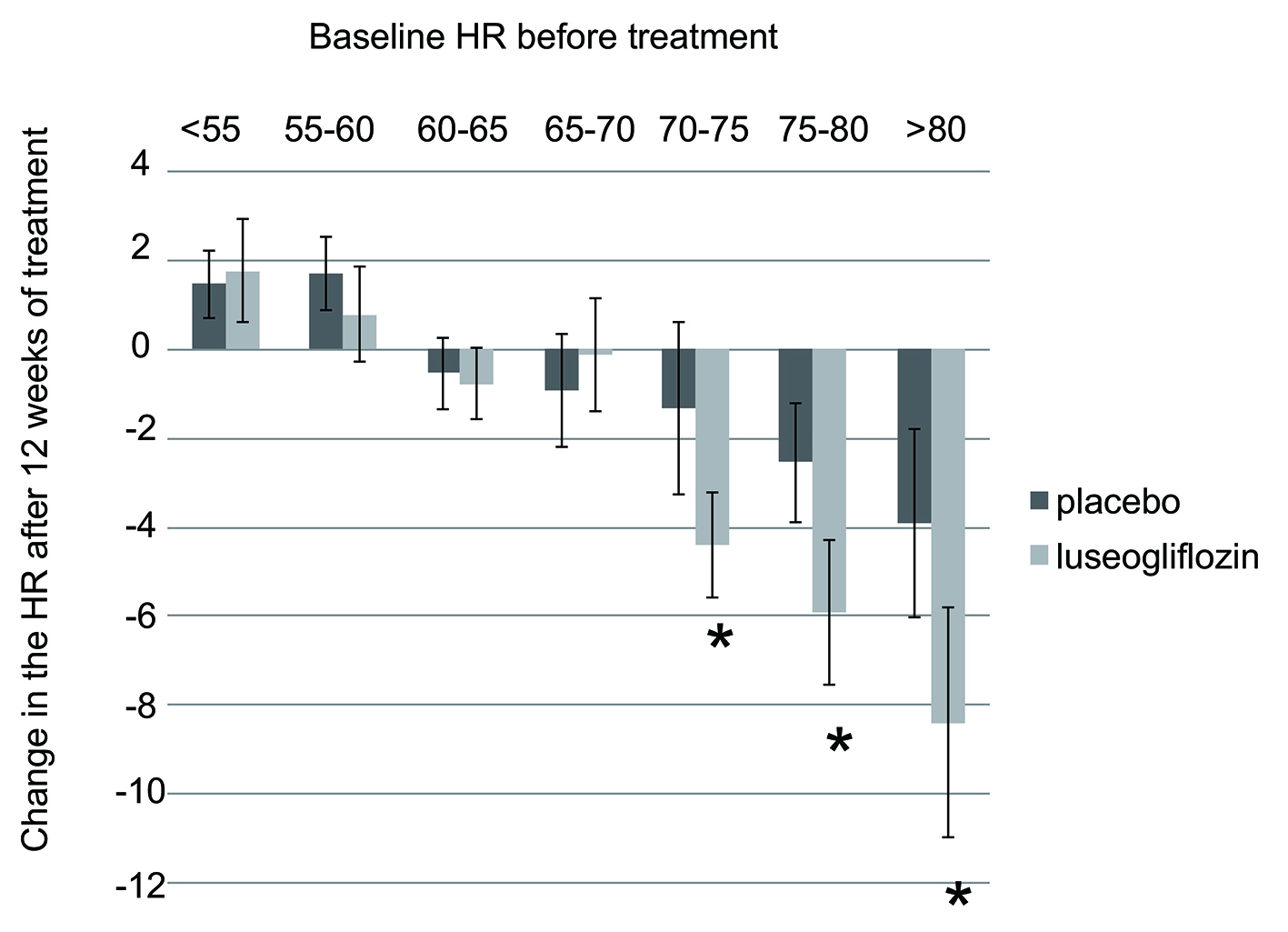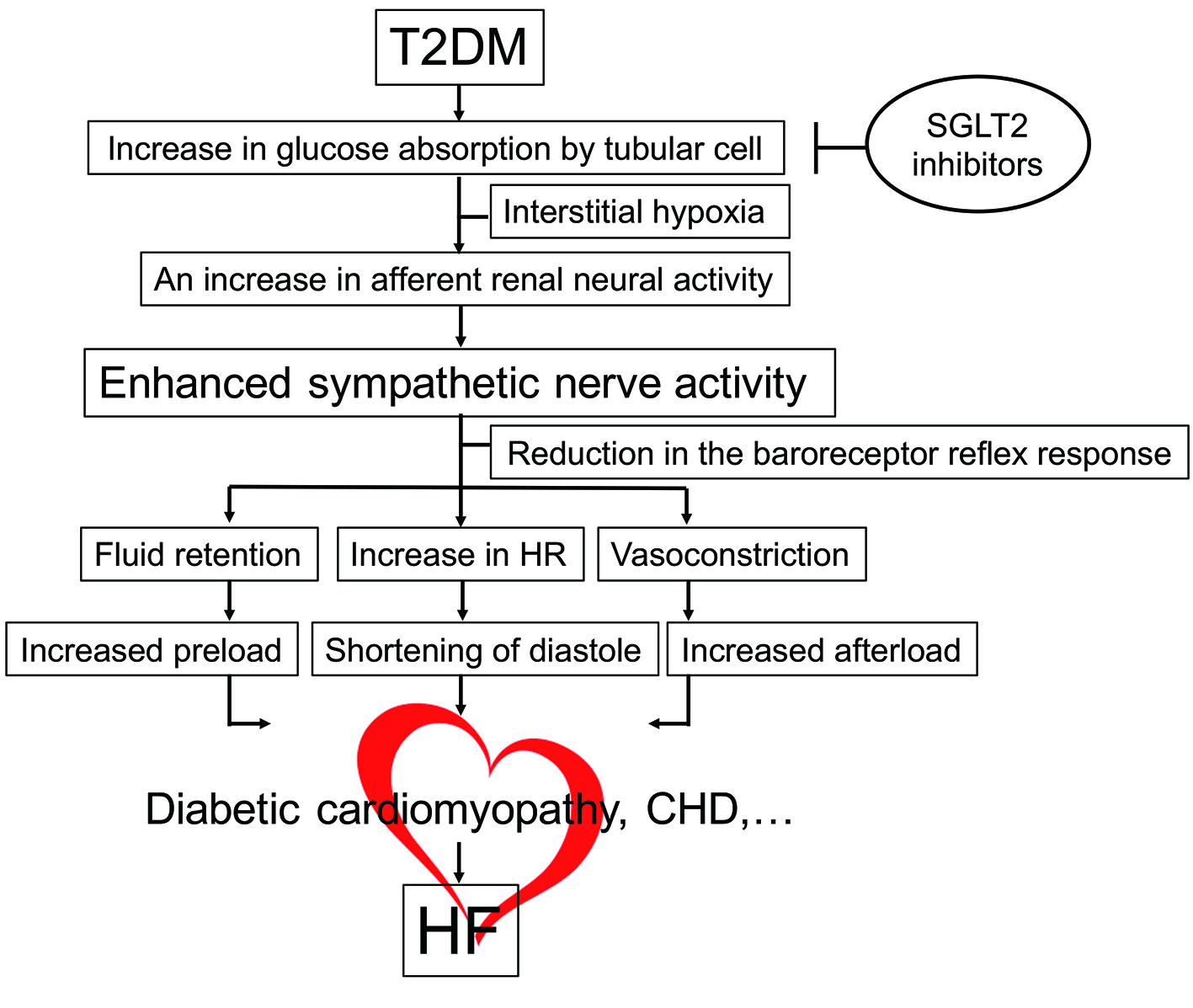
Figure 1. Change in HR after 12 weeks of luseogliflozin treatment. Data from integrated analysis of Japanese double-blind controlled trials of luseogliflozin enrolling patients aged 20 years or older at the time of giving informed consent who had a hemoglobin A1c of 6.9-10.5%. The paired t-test was used to assess the significance of changes in HR from baseline (pretreatment) to week 12. HR: heart rate.

Figure 2. Molecular mechanism of HF in diabetes. Hemodynamic overload is imposed on the heart together with organic disorders (diabetic cardiomyopathy, CHD, etc.), inducing HF. SGLT2 inhibitors reverse hypoxia around the proximal renal tubules, thereby mitigating hemodynamic overload via reduction in enhanced sympathetic activity. CHD: coronary heart disease; HF: heart failure; HR: heart rate; SGLT2: sodium-glucose cotransporter 2; T2DM: type 2 diabetes mellitus.

